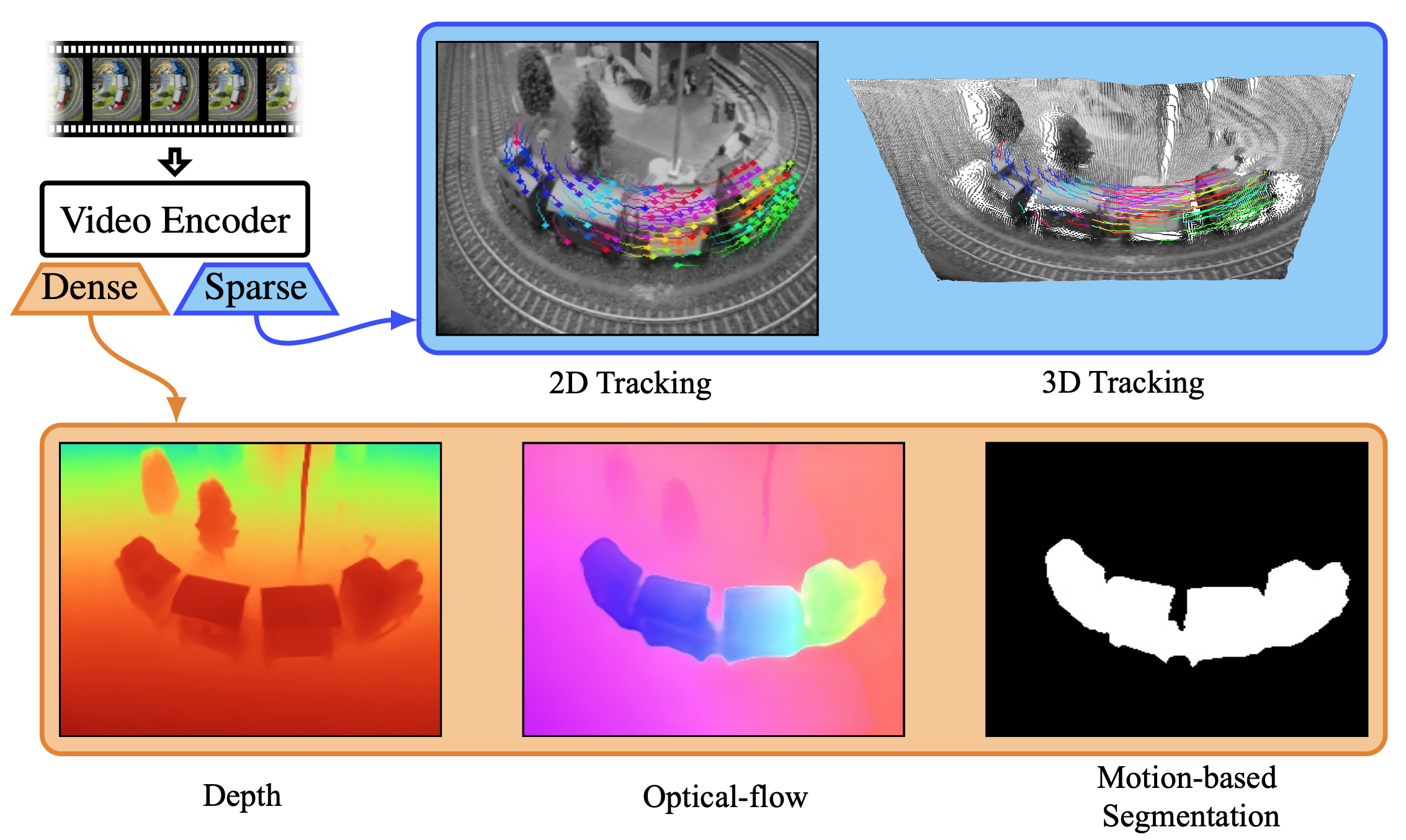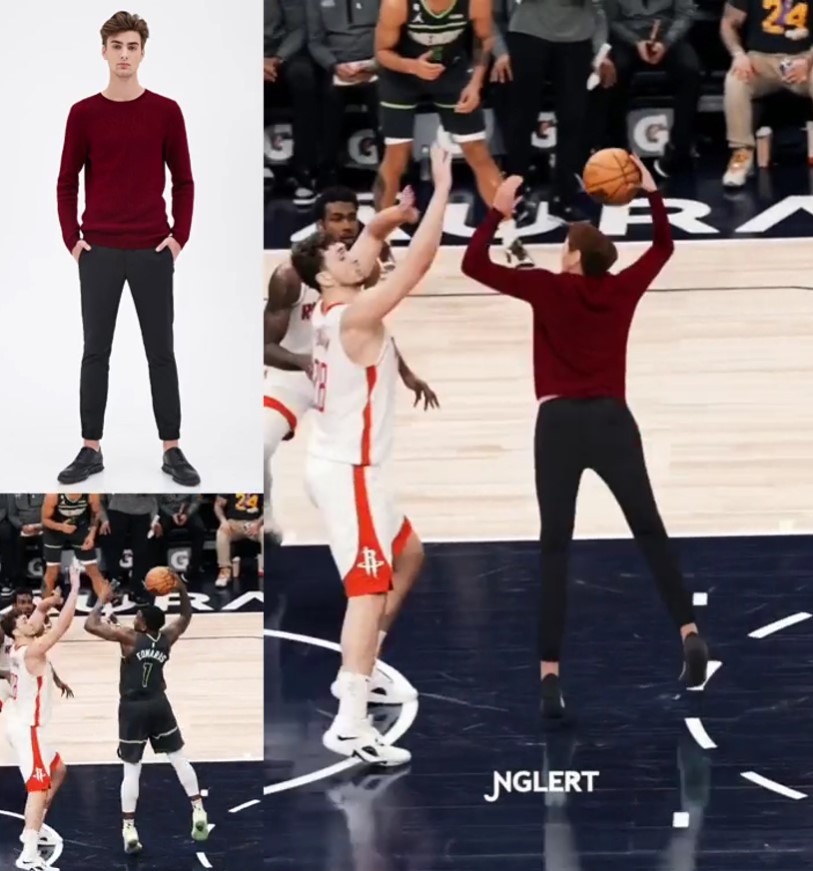BREAKING NEWS
LATEST POSTS
-
RigAnything – Template-Free Autoregressive Rigging for Diverse 3D Assets
https://www.liuisabella.com/RigAnything
RigAnything was developed through a collaboration between UC San Diego, Adobe Research, and Hillbot Inc. It addresses one of 3D animation’s most persistent challenges: automatic rigging.
- Template-Free Autoregressive Rigging. A transformer-based model that sequentially generates skeletons without predefined templates, enabling automatic rigging across diverse 3D assets through probabilistic joint prediction and skinning weight assignment.
- Support Arbitrary Input Pose. Generates high-quality skeletons for shapes in any pose through online joint pose augmentation during training, eliminating the common rest-pose requirement of existing methods and enabling broader real-world applications.
- Fast Rigging Speed. Achieves 20x faster performance than existing template-based methods, completing rigging in under 2 seconds per shape.
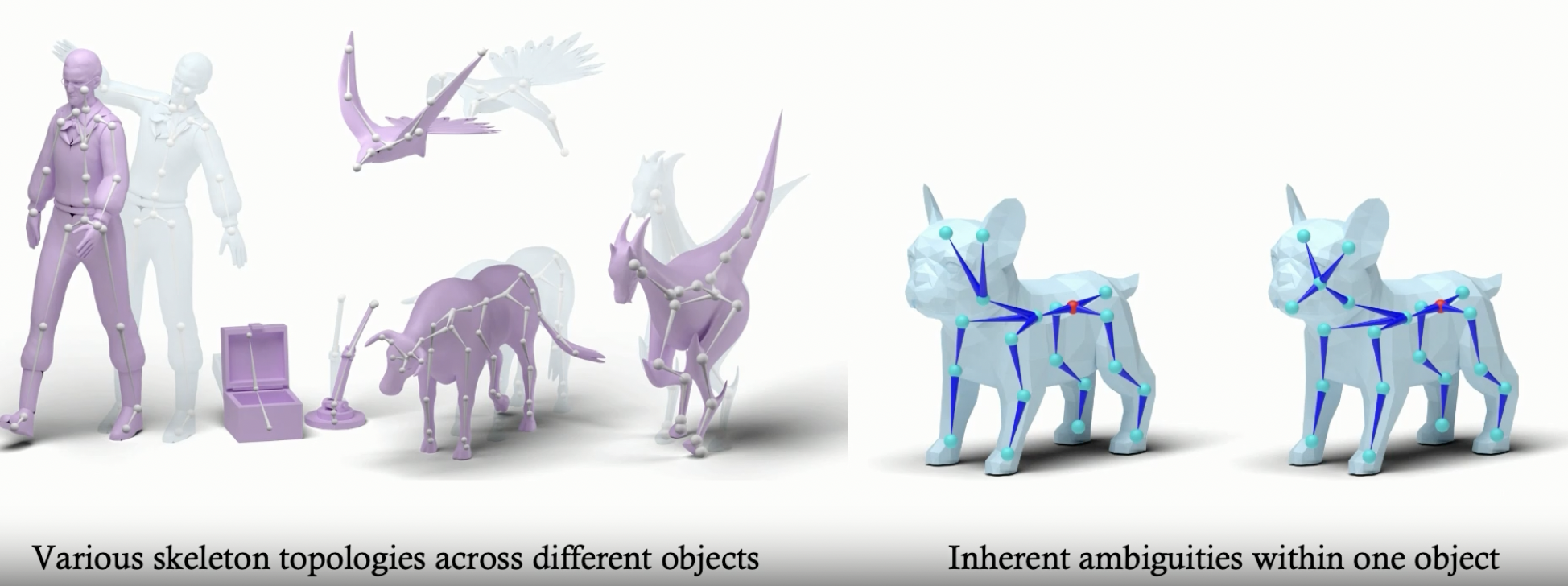
-
Skywork SkyReels – All-in-one open source AI video creation based on Hynyuan
https://github.com/SkyworkAI/SkyReels-V1
All-in-one AI platform for video creation, including voiceover, lipsync, SFX, and editing. One click turn text to video & image to video. Turns idea into stunning video in minutes. Check Pricing Details. Start For Free. All-In-One Platform.
SkyReels-V1 is purpose-built for AI short video production based on Hynyuan. It achieves cinematic-grade micro-expression performances with 33 nuanced facial expressions and 400+ natural body movements that can be freely combined. The model integrates film-quality lighting aesthetics, generating visually stunning compositions and textures through text-to-video or image-to-video conversion – outperforming all existing open-source models across key metrics.
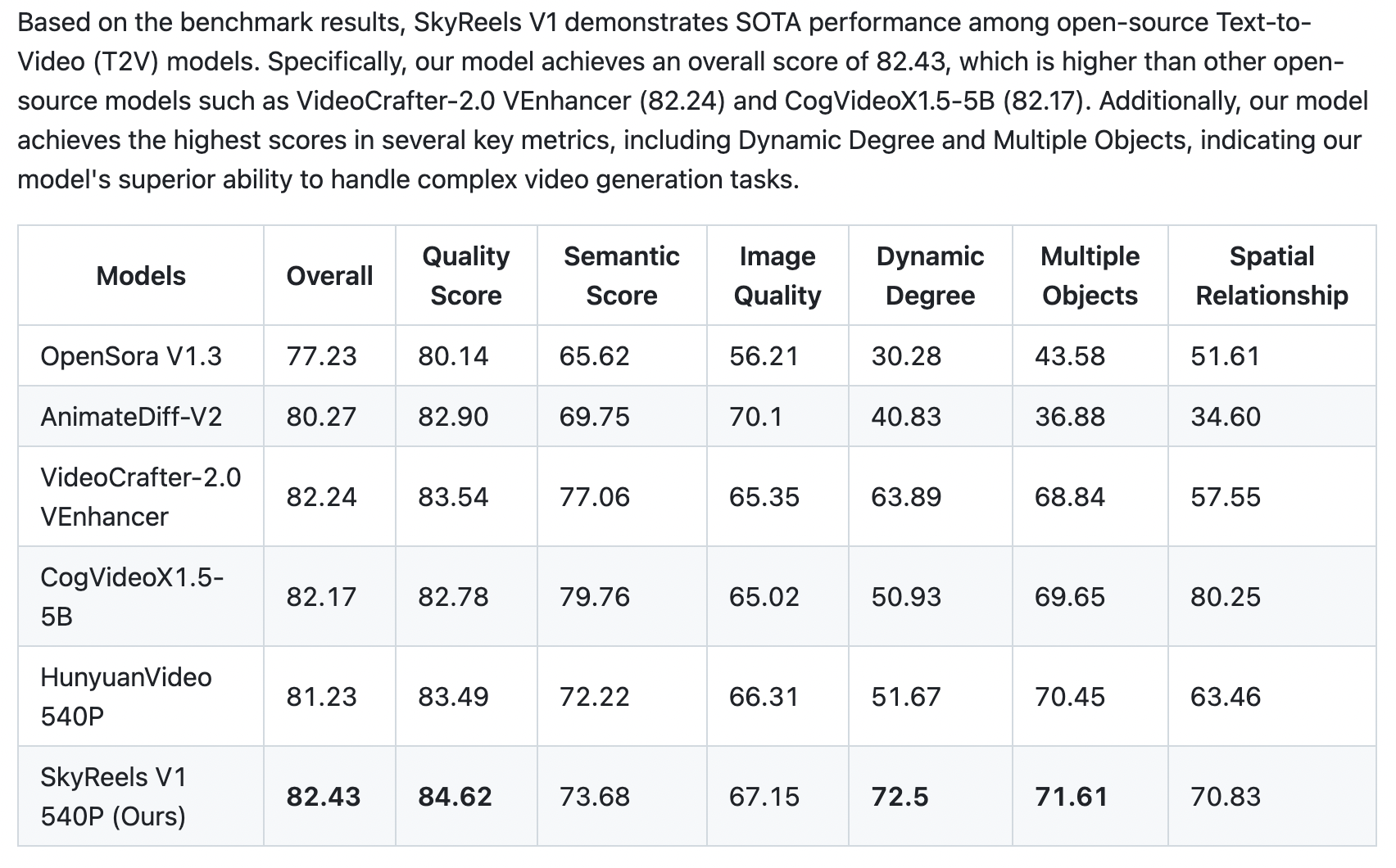
-
Shanhai based StepFun – Open source Step-Video-T2V
https://huggingface.co/stepfun-ai/stepvideo-t2v
The model generates videos up to 204 frames, using a high-compression Video-VAE (16×16 spatial, 8x temporal). It processes English and Chinese prompts via bilingual text encoders. A 3D full-attention DiT, trained with Flow Matching, denoises latent frames conditioned on text and timesteps. A video-based DPO further reduces artifacts, enhancing realism and smoothness.
FEATURED POSTS
-
HDRI shooting and editing by Xuan Prada and Greg Zaal
www.xuanprada.com/blog/2014/11/3/hdri-shooting
http://blog.gregzaal.com/2016/03/16/make-your-own-hdri/
http://blog.hdrihaven.com/how-to-create-high-quality-hdri/

Shooting checklist
- Full coverage of the scene (fish-eye shots)
- Backplates for look-development (including ground or floor)
- Macbeth chart for white balance
- Grey ball for lighting calibration
- Chrome ball for lighting orientation
- Basic scene measurements
- Material samples
- Individual HDR artificial lighting sources if required
Methodology
(more…)
-
What the Boeing 737 MAX’s crashes can teach us about production business – the effects of commoditisation
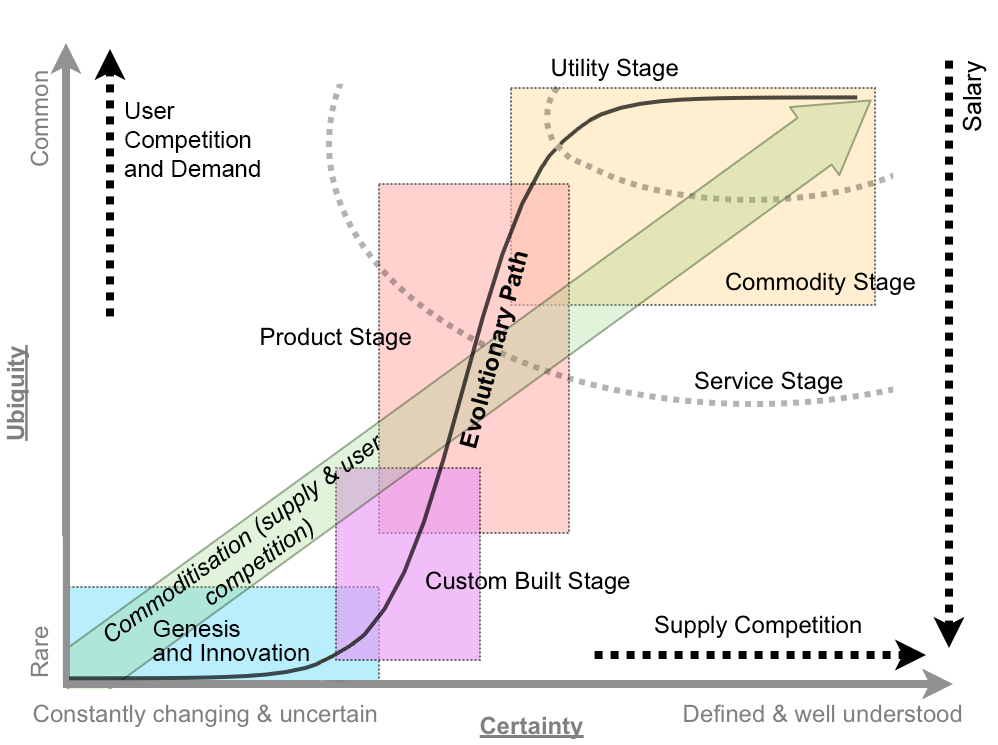
Airplane manufacturing is no different from mortgage lending or insulin distribution or make-believe blood analyzing software (or VFX?) —another cash cow for the one percent, bound inexorably for the slaughterhouse.
The beginning of the end was “Boeing’s 1997 acquisition of McDonnell Douglas, a dysfunctional firm with a dilapidated aircraft plant in Long Beach and a CEO (Harry Stonecipher) who liked to use what he called the “Hollywood model” for dealing with engineers: Hire them for a few months when project deadlines are nigh, fire them when you need to make numbers.” And all that came with it. “Stonecipher’s team had driven the last nail in the coffin of McDonnell’s flailing commercial jet business by trying to outsource everything but design, final assembly, and flight testing and sales.”
It is understood, now more than ever, that capitalism does half-assed things like that, especially in concert with computer software and oblivious regulators.
There was something unsettlingly familiar when the world first learned of MCAS in November, about two weeks after the system’s unthinkable stupidity drove the two-month-old plane and all 189 people on it to a horrific death. It smacked of the sort of screwup a 23-year-old intern might have made—and indeed, much of the software on the MAX had been engineered by recent grads of Indian software-coding academies making as little as $9 an hour, part of Boeing management’s endless war on the unions that once represented more than half its employees.
Down in South Carolina, a nonunion Boeing assembly line that opened in 2011 had for years churned out scores of whistle-blower complaints and wrongful termination lawsuits packed with scenes wherein quality-control documents were regularly forged, employees who enforced standards were sabotaged, and planes were routinely delivered to airlines with loose screws, scratched windows, and random debris everywhere.
Shockingly, another piece of the quality failure is Boeing securing investments from all airliners, starting with SouthWest above all, to guarantee Boeing’s production lines support in exchange for fair market prices and favorite treatments. Basically giving Boeing financial stability independently on the quality of their product. “Those partnerships were but one numbers-smoothing mechanism in a diversified tool kit Boeing had assembled over the previous generation for making its complex and volatile business more palatable to Wall Street.”





